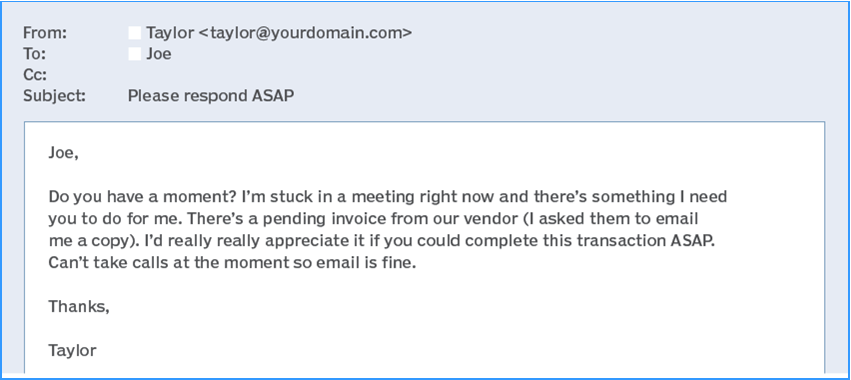Last began with more than 100 ships, loaded with goods, lined up outside the ports of Los Angeles. Now there is no backlog. I was looking forward to a new year with some semblance of normalcy in the supply chain for computer-related goods. Unfortunately, that looks like it might not happen.
China was locked down with its zero-Covid initiative and still managed to produce products to keep the supply of goods up and running. Now the government has eliminated that constraint, and people are staying home anyway. Many more are getting sick. Based on recent news articles, the country is prepared for hundreds of thousands of citizens to die. This disastrous result will place many computer equipment manufacturers in the same awful position they were in at the start of the pandemic three years ago.
Lenovo has not announced any planned price increases, but they rarely do. They adjust pricing at the distributor level when they provide their available supply list. I expect to see price jumps on the equipment I usually offer to home users and small business clients by mid-year. I also expect to see the same unavailability of monitors and computers as I did early last year. My advice is if your computers are coming up for replacement, get moving on that project sooner rather than later.
A lack of products will also affect the pricing of items that are still available. SonicWall has increased the price of hardware and software three times in the past two years. They have — for now — indicated they plan to hold the line. Still, I don’t think it will be far-fetched to believe that if they cannot get the necessary components for their firewalls, especially chips, they will increase hardware prices to what they feel is essential to keep moving forward. As a result, a higher price will affect anyone needing a new firewall.
Microsoft is proud of its software and cloud services, generating $25 billion in 2022. The price for Microsoft 365 (most commonly known as Office) will be increasing in 2023 for most business subscriptions. Following an enormous backlash from partners when Microsoft announced a price increase early in 2022, the company offered “discounts” through the end of the year. The cost of Azure, the data center cloud service, will likely increase later in 2023 to account for price spikes for the hardware required in their data centers — mostly solid-state disk drives.
Oddly enough, one of the latest offerings from the world of Artificial Intelligence, ChatGPT, will either wreak havoc for programmers or be a savior. This unique software can provide programming solutions when presented with a mere suggestion of a problem. Companies will still need skilled programmers to complete a full-fledged project. But with the starting point provided by an AI engine, many companies will be willing to reduce their staffing costs by employing this new technology just to hold the line on increasing software costs.
Another feature of ChatGPT is that it can respond to standard English language questions. I foresee customer service help desks will use this functionality before the end of the first quarter to answer commonly asked questions before routing a phone call (or chat session) to a human being. High school English teachers have recently realized the answers to essay questions cannot be reviewed by “did they cheat” software, because ChatGPT responses can be edited to approach grade level equivalency. Only the consistent use of proper grammar and punctuation reveals a software program, rather than an 11th grader, did the work.
With the price of a bitcoin reaching record-level lows, many computer industry pundits believe there will be a decrease in ransomware attempts. I am skeptical and don’t think so. In the past, most cybercriminals requested payment in bitcoin — especially when the price was approaching a record level near $66,000. However, the cyber-currency is now hovering around $16,000, dropping from over $50,000 at the start of 2022. So, in addition to asking for bitcoin to return data, bad actors also threaten to release the data they hold to the public. In some cases, various compliance regulations govern this information, which puts the owners (the victims) in more jeopardy than usual. Kyle Hanslovan, CEO of Huntress Labs, confirmed my thinking in a recent interview with CRN magazine when he said:
With the economy changing, there is no doubt that folks have to get paid. Threat actors have to make money somehow. We‘re noticing, even in some places, they’re holding the data for ransom, but they‘re not actually encrypting. They’re skipping that part and just only holding for extortion, or threatening to maybe call a regulator or threatening like, ‘I’m going to call your customer and show them I have your data.’ So there [are] still other ways even by not using ransomware to still hold data theoretically for ransom. For me, it‘s not going anywhere. It’s such a great source of income for them; it‘s clearly not going away in 2023.
Thanks, and safe computing!

